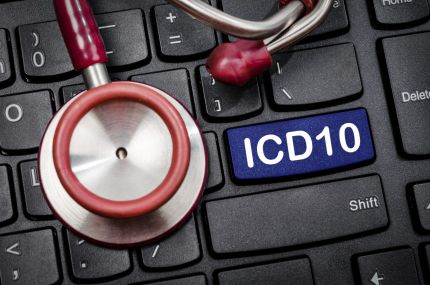Acne icd 10 is a medical classification as listed by World Health Organization (WHO) under the range – Diseases of the skin and subcutaneous tissue.

ICD-10-CM Codes L00-L99 Skin and Subcutaneous Tissue Diseases L60-L75 Skin Appendage Disorders L70- Acne 2021 ICD-10-CM Diagnosis Code L70.9
ICD-10-CM Diagnostic Code L70.9 in 2021:
Acne, unspecified
Billable/Specific Code 2016 2017 2018 2019 2020 2021
- The ICD-10-CM code L70.9 is a billable/specific code that can denote a diagnosis for reimbursement purposes.
- On October 1, 2020, the 2021 version of ICD-10-CM L70.9 went into effect.
- L70.9 is an ICD-10-CM code that can be used in the United States. Other foreign versions of ICD-10 L70.9 can vary.
The following code(s) above L70.9 include back-references to annotations that may be specific to L70.9:
- Skin and subcutaneous tissue diseases (L00-L99)
- Skin appendage disorders (L60-L75)
- Acne L70
Synonyms that are similar to the real thing:
- Acne is a skin disease that occurs when the skin.
Information on Clinical Practice:
- Inflammation of the oil glands and hair glands on the surface of the skin.
- Inflammation of the oil glands and hair glands characterizes this skin disease.
- Acne is a skin disorder that results in pimples. When hair follicles under your skin become clogged, spots develop. The face, neck, back, stomach, and shoulders are where the majority of sites appear. Acne can affect anyone, but it is prevalent among adolescents and young adults. Acne is not a severe illness, but it can leave scars. No one knows what causes acne. Hormone shifts, such as those encountered during puberty and pregnancy, are likely to play a role. There are many misconceptions about what causes acne. While chocolate and greasy foods are often blamed, there is little evidence that they significantly impact acne in the majority of people. Another common misconception is that dirty skin causes acne; however, dirt has little to do with blackheads or pimples. While stress does not cause acne, it can exacerbate the condition.
- gently cleanse your skin
- Attempt not to touch your skin.
- Keep out of the heat.
Medicines and creams are used to treat acne. The National Institute of Arthritis and Musculoskeletal and Skin Diseases (NIAMSD) is a government-funded research organization that studies arthritis and musculoskeletal and skin diseases.
- Chronic inflammatory disease of the pilosebaceous apparatus characterized by an increase in sebum secretions that cause lesions most commonly on the face, chest, and back; inflamed glands can develop small pink bumps that often surround comedones resulting in black centers (blackheads) or pustules or cysts (whiteheads).
L70.9 is classified as part of Diagnostic Related Group(s) (MS-DRG v38.0):
- With MCC, 606 mild skin conditions can be treated.
- Without MCC, there are 607 minor skin disorders.
L70.9 is an ICD-9-CM code that can be translated to any other code.
Also Read: Acne around mouth
History of the Acne icd 10 Code:
- New code for 2016 (which goes into effect on October 1, 2015). (first year of non-draft Acne ICD 10 CM)
- No changes for 2017 (as of October 1, 2016).
- No changes for 2018 (as of October 1, 2017).
- No changes for 2019 (as of October 1, 2018).
- 2020 (effective 10/1/2019): There will be no changes.
- There will be no changes in 2021 (effective October 1, 2020).
Back-references to L70.9 in the Diagnosis Index entries:
- L70.9 Acne
ICD-10-CM codes are required for reimbursement claims with a date of operation on or after October 1, 2015.

